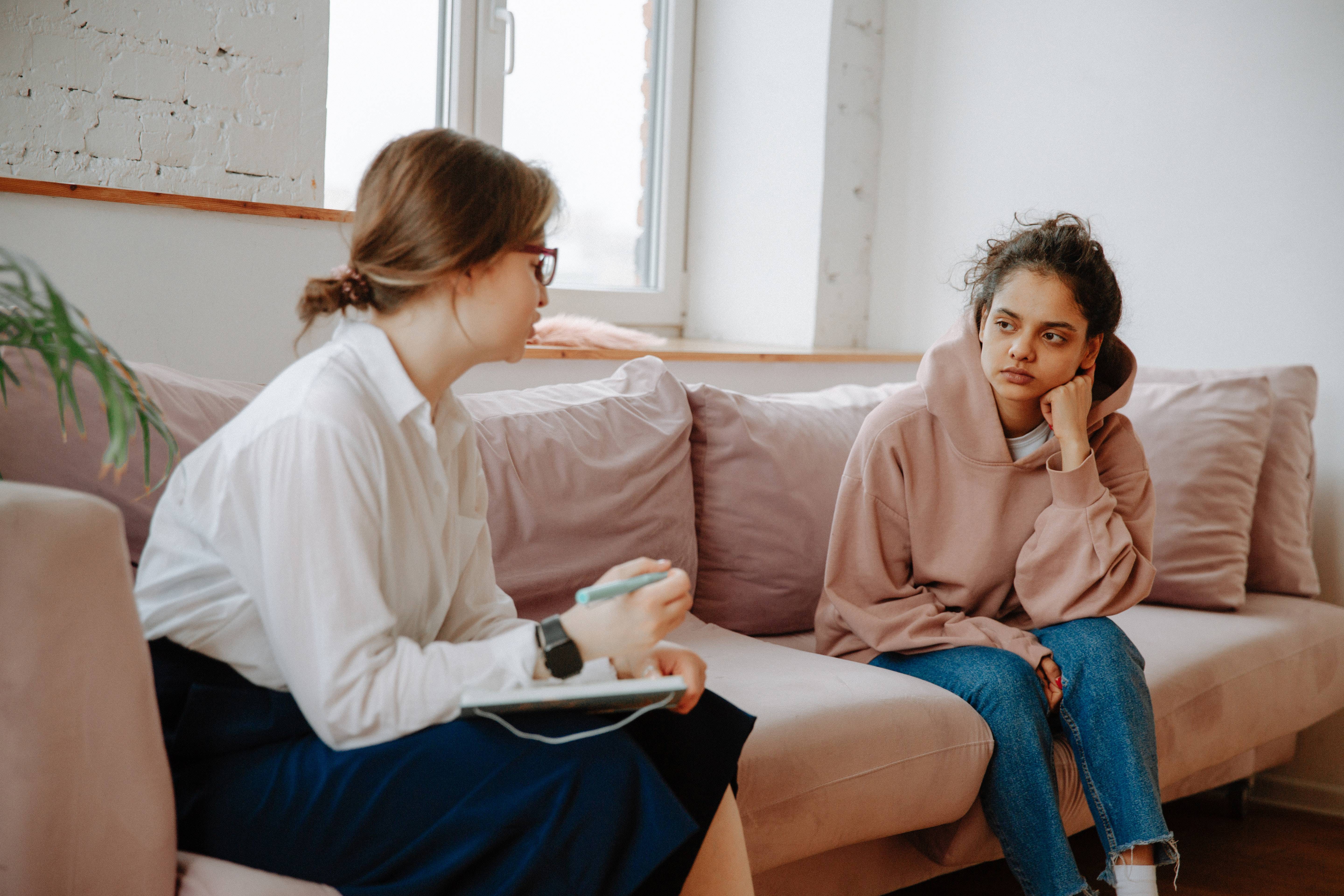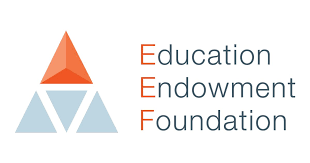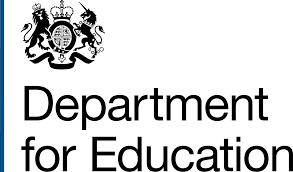How to be a good listener
Guidance on how to actively listen to children and young people to support them with their mental health and wellbeing.

This resource offers guidance on how to actively listen to children and young people when talking to them about their mental health and wellbeing.
It outlines the importance of active listening as part of creating a safe and supportive environment for young people to talk about their mental health.
The guide provides practical guidance on developing active listening as a skill, and covers topics such as paraphrasing and summarising, asking open-ended questions and making space for silence, and highlights some common errors to avoid.
Using this resource
This resource is designed for:
- use by mental health leads working with students aged 5 to 19.
- use by staff working in primary schools, secondary schools, colleges (sixth form and FE) and special schools.
Learning outcomes
This resource addresses the following learning outcomes:
- Support or signpost relevant evidence-based resources for parents, families and carers so they can develop skills and strategies to support both their child and themselves.
- Share simple evidence-based strategies and exercises with staff and pupils/students to help them manage their mental health and develop their own coping strategies.
Was this resource helpful?
Thanks for your feedback
A member of our team will review your feedback.
Sorry there was an error
Please try again later.


 Author
Author

 Author
Author

 Author
Author

 Author
Author